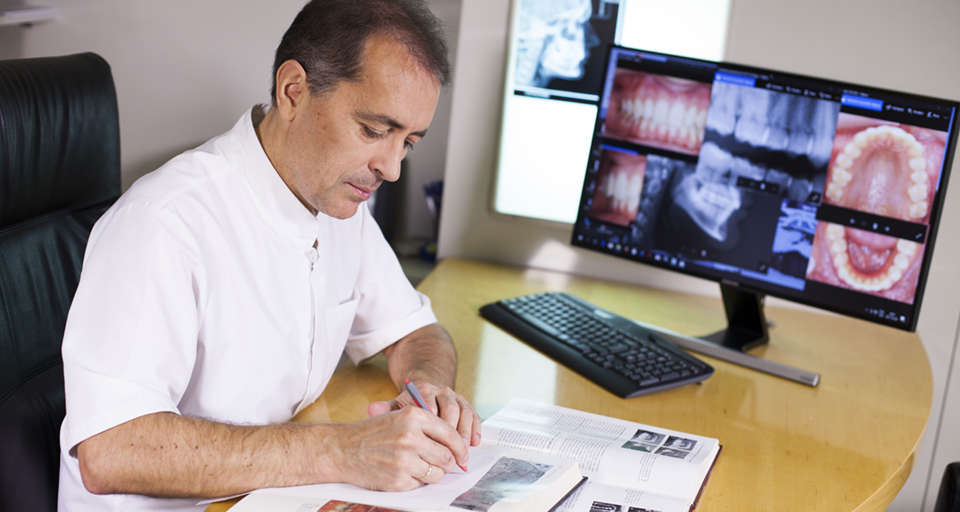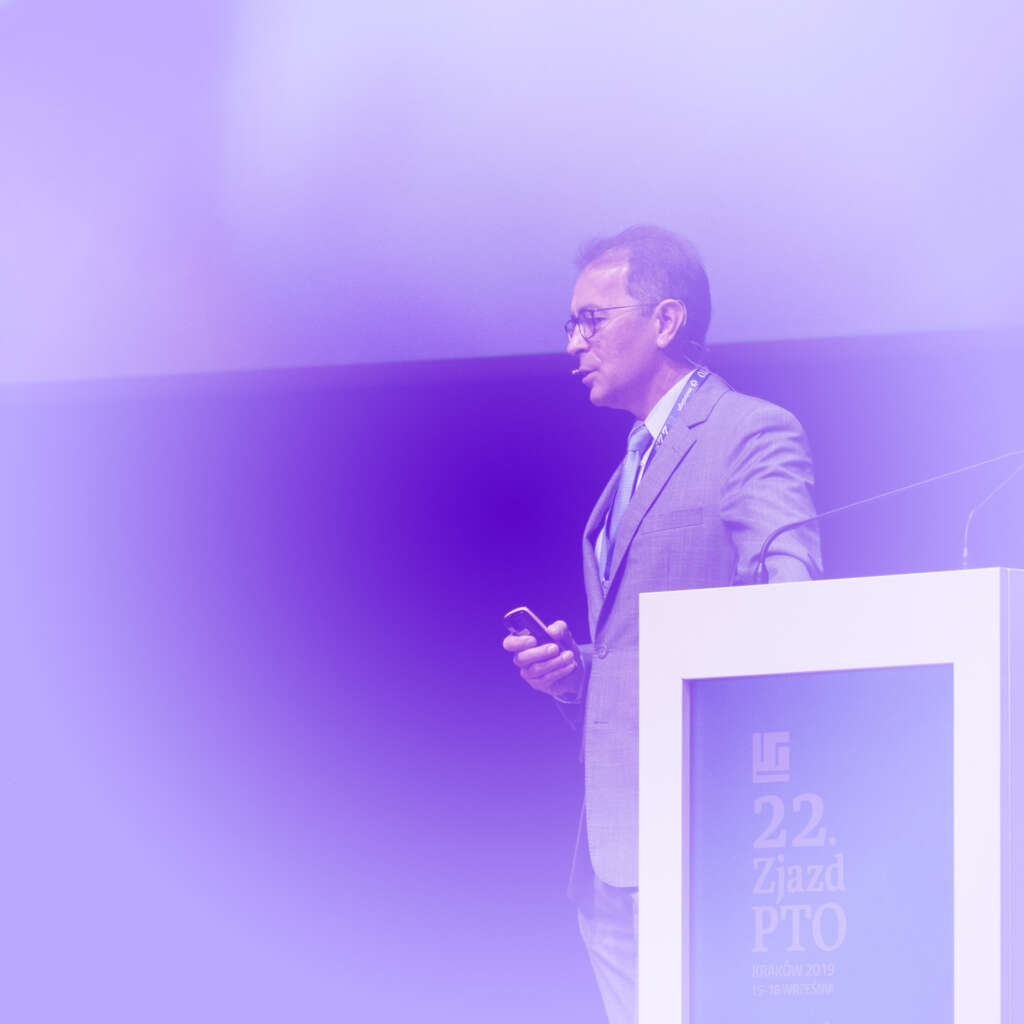Gingival recession in orthodontic patients 10 to 15 years posttreatment: A retrospective cohort study.
Written by admin on June 8, 2018
Am J Orthod Dentofacial Orthop. 2018 May;153(5):645-655. doi:
10.1016/j.ajodo.2017.08.020.
Gebistorf M(1), Mijuskovic M(1), Pandis N(2), Fudalej PS(3), Katsaros C(1).
Author information:
(1)Department of Orthodontics and Dentofacial Orthopedics, School of Dental
Medicine/Medical Faculty, University of Bern, Bern, Switzerland.
(2)Department of Orthodontics and Dentofacial Orthopedics, School of Dental
Medicine/Medical Faculty, University of Bern, Bern, Switzerland; private
practice, Corfu, Greece.
(3)Department of Orthodontics, Palacky University, Olomouc, Czech Republic;
Department of Orthodontics and Dentofacial Orthopedics, School of Dental
Medicine/Medical Faculty, University of Bern, Bern, Switzerland. Electronic
address: Piotr.Fudalej@zmk.unibe.ch.
INTRODUCTION: The aims of this study were to retrospectively investigate the
long-term development of gingival recession in a cohort of orthodontic patients
and to compare the prevalence of gingival recession in orthodontically treated
patients 10 to 15 years posttreatment to that of untreated subjects with
malocclusion.
METHODS: The sample included 88 patients with mean ages of 12.1 years (SD,
2.4 years) at pretreatment, 15.1 years (SD, 2.4 years) at posttreatment, and
27.9 years (SD, 2.5 years) 10 to 15 years posttreatment. The control group
comprised 102 untreated patients seeking orthodontic treatment with a mean age
of 28.7 years (SD, 3.1 years). Gingival recession was evaluated on study models.
RESULTS: The prevalence of both labial/buccal and lingual/palatal gingival
recession increased during orthodontic treatment with further increases during
the long-term posttreatment period; 98.9% of the orthodontically treated
participants had at least 1 labial/buccal recession, and 85.2% of the patients
had at least 1 lingual/palatal recession 10 to 15 years posttreatment. In
addition, the proportion of patients with multiple labial/buccal or
lingual/palatal recession sites increased considerably in the same time period.
The prevalences of labial/buccal gingival recession were similar in the
orthodontically treated patients 10 to 15 years posttreatment and the untreated
controls. Study group patients with a crossbite before treatment showed 2.73
more recessions (95% CI, 0.28-5.17; P = 0.029) than did those without a
transverse discrepancy. Untreated subjects with crowding greater than 3 mm per
arch had 3.29 more recessions (95% CI, 0.73-5.68; P = 0.012) to 4.92 more
recession sites (95% CI, 1.70-8.15; P = 0.003) than did those with mild or no
crowding.
CONCLUSIONS: Within the limitations of this study, it seems that, in regard to
the prevalence of gingival recession, orthodontically treated patients are not
compromised in the long term compared with those with malocclusion that was
untreated for many years.
Copyright © 2018 American Association of Orthodontists. Published by Elsevier
Inc. All rights reserved.
DOI: 10.1016/j.ajodo.2017.08.020
PMID: 29706212 [Indexed for MEDLINE]




